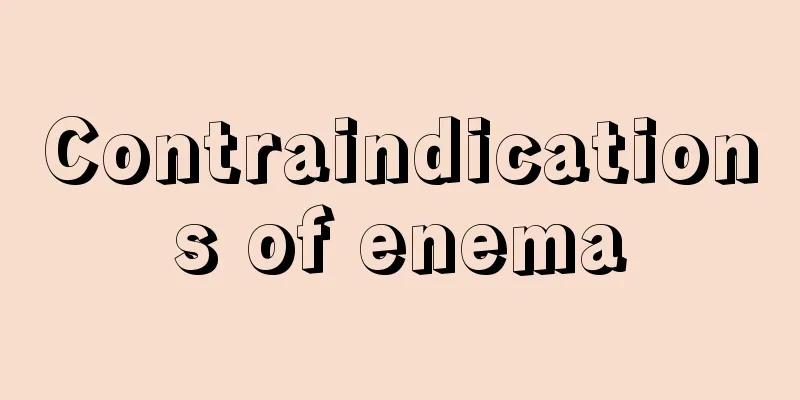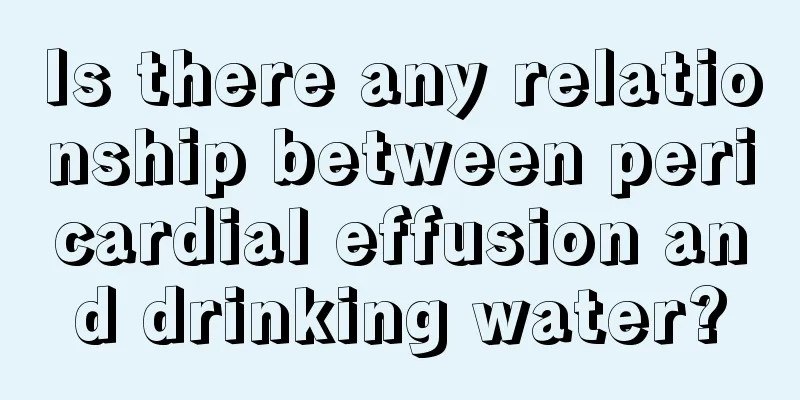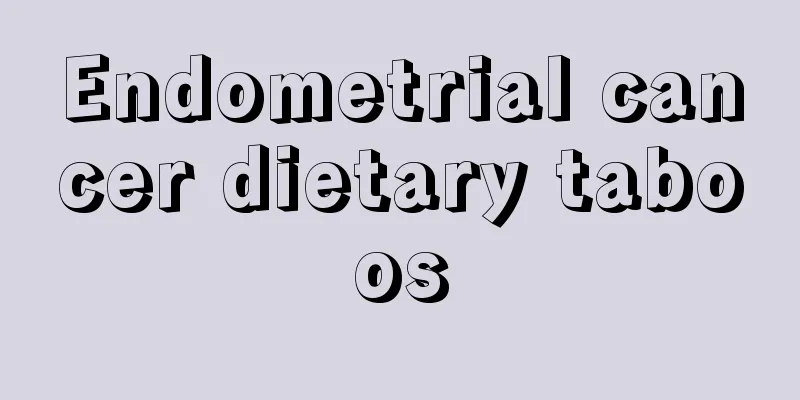Contraindications of enema

|
1. Indications for large-volume non-retention enema: constipation and intestinal gas caused by various reasons; examination of colon and rectal diseases and preparation before major surgery; cooling of high fever; preparation before delivery. Contraindications: Acute abdomen and gastrointestinal bleeding, intestinal surgery, typhoid fever, severe heart and brain diseases. 2. Indications for small-volume non-retention enema: Constipation in the elderly, weak patients and pregnant women; intestinal flatulence after abdominal and pelvic surgery; residual pelvic abscess; portal hypertension bleeding (soapy water is prohibited). Elderly, weak or other patients with anal sphincter loss due to other diseases. Anal enema with balloon can be used. Contraindications: acute abdomen and gastrointestinal bleeding, intestinal surgery. 3. Indications for cleansing enema: examination of colon and rectal diseases, preparation before radiography and rectal surgery. Contraindications: acute abdomen and gastrointestinal bleeding, intestinal surgery, enterotyphoid fever, severe heart and brain diseases, elderly and weak patients. 4. Retention enema Indications: Kamiba dysentery, chronic bacillary dysentery, colitis. For patients with hypokalemia, oral potassium supplementation is not suitable, and intrarectal potassium can be used; used for tetanus sedation. Contraindications: Do not perform this enema on patients who have undergone anal, rectal, colon, or other surgeries or who have fecal incontinence. What are the contraindications for enema? Severe heart disease, congestive heart failure, severe hypertension, aneurysm, severe anemia, bleeding and perforation caused by megacolitis, mental disorder, severe hemorrhoids, unexplained intestinal bleeding [intestinal cancer, colon ulcer], cirrhosis, early pregnancy, intestinal surgery less than six months ago, hernia. The above conditions are not suitable for enema. Treatment of fetal distress (I) Give oxygen to increase the oxygen content in the mother's blood to improve the fetal hypoxia. (ii) Intravenous injection of triple drug, i.e. 60ml of 50% glucose plus 500mg of vitamin C and 0.375g of nikethamide. Glucose can protect brain tissue and improve tolerance to hypoxia; vitamin C can reduce the permeability and fragility of capillaries; nikethamide is a central nervous system stimulant. In recent years, it has been suggested that nikethamide may increase fetal oxygen consumption. In order to avoid aggravating fetal hypoxia, its use is not recommended. (iii) Take appropriate measures to address the cause of the disease. (iv) When labor is complete and the cervix is fully dilated, perform an episiotomy if the patient presents head first. Either vacuum extraction or forceps delivery. Hip traction can be performed for patients with buttocks presentation. If the cervix is not fully dilated and it is estimated that vaginal delivery cannot be completed within a short period of time, cesarean section may be considered. If the fetus dies, the patient can wait for spontaneous delivery or undergo craniotomy. |
<<: If the corner of your mouth is rotten, apply erythromycin ointment
>>: How are venous sinuses formed
Recommend
How to promote the recovery of liver cancer patients? 7 things that liver cancer patients must know about recovery
Liver cancer is a malignant tumor that grows in t...
What to do if you have chickenpox and a fever
Chickenpox was also called smallpox in ancient ti...
Is lung and pancreatic cancer contagious?
In reality, "talking about cancer is a fear&...
What should you pay attention to before and after thigh fat removal surgery
If there is too much thigh fat in the human body,...
What to do if you have bloating after chemotherapy for nasopharyngeal carcinoma
What should I do if I have bloating after chemoth...
Belly fat burning training
The two areas on the human body where fat is most...
Is blood in sputum from lung nodules lung cancer?
Is blood in sputum from lung nodules lung cancer?...
Why do my feet stink when I wear shoes
Shoes are a necessity in people's lives. They...
What medicine to take for food allergy symptoms
Food allergy is a common phenomenon because peopl...
Can early-stage nasopharyngeal carcinoma be cured after surgery?
Can early-stage nasopharyngeal cancer be cured af...
Measures to control haze
The rapid development of industry in recent years...
What are the advantages and disadvantages of wearing braces
Many children are prone to tooth deformities afte...
What are the early signs of nail onychomycosis
Onychomycosis is a relatively common skin disease...
What to eat in the late stage of liver cancer? Introduction to dietary principles for late stage liver cancer
Diet is an important aspect of our life. If we do...
I often have sore throat
The human throat, mouth and esophagus are closely...









